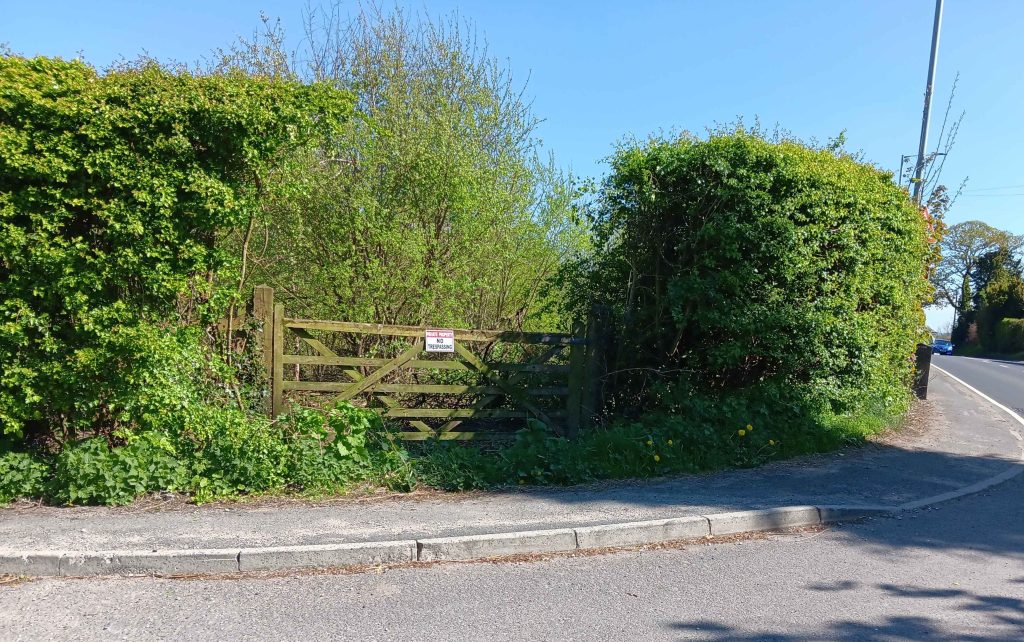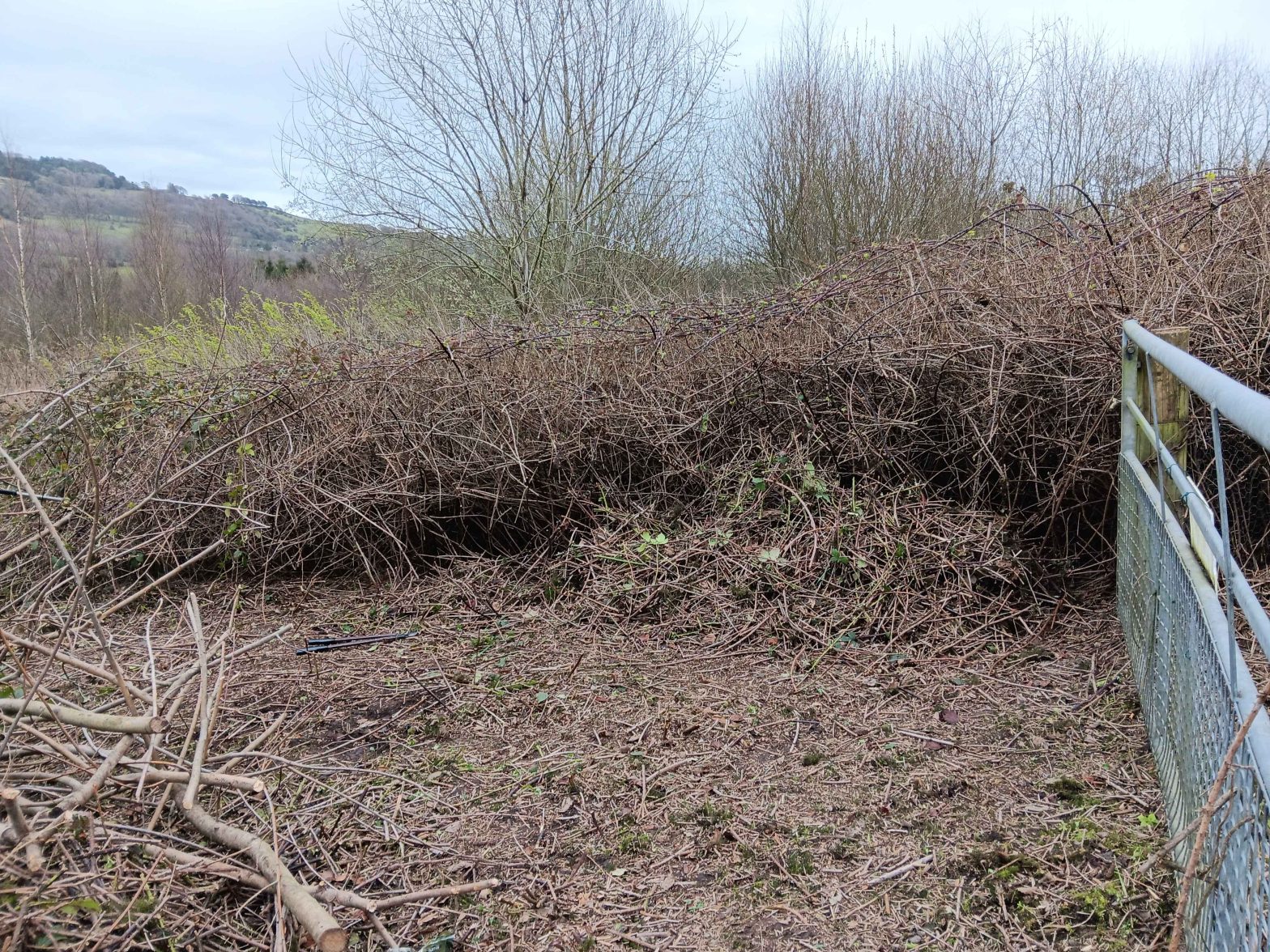An old faded photo from the early 1980s showed a large expanse of long grass being grazed by cows. The image gave us hope that there was a field hiding under the brambles, just waiting for a chance to see the sunlight again. There was just the small matter of how on earth to turn long-neglected scrub back into grazing.
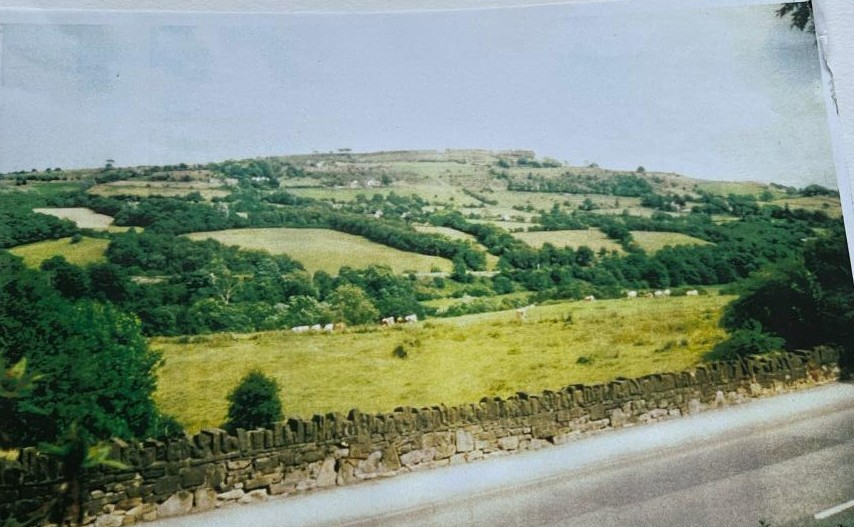
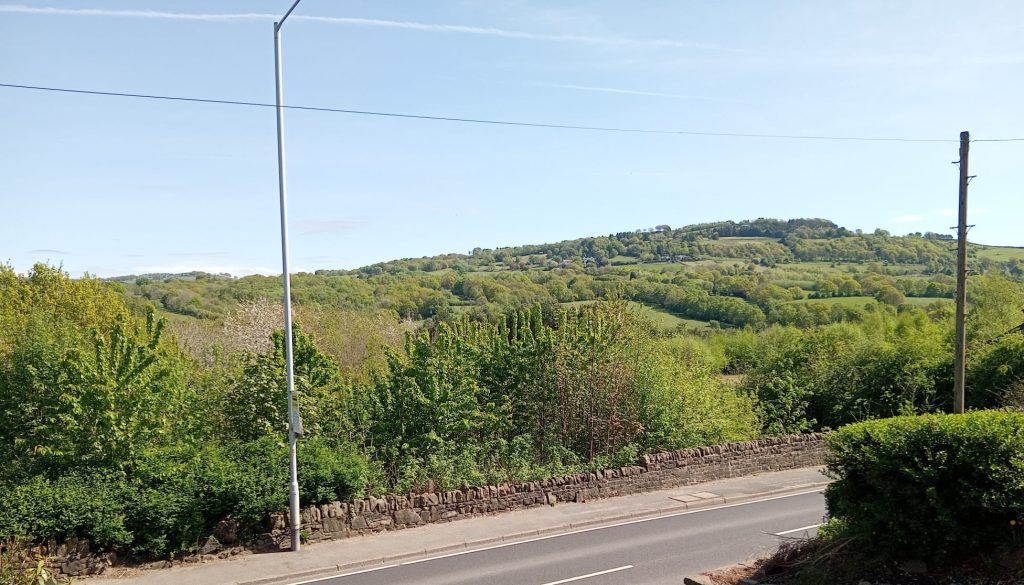
What are the options?
Cutting five acres of brambles by hand was clearly not an option. Even with a powerful petrol strimmer, it would take months to hack our way through all the vicious spikes. Then the brambles would probably grow back faster than we could clear them.

In our rented grazing, the horses have helped to reclaim small scrubby areas by trampling and eating their way through. But that was not going to work this time. The brambles were so dense, even a pair of one-ton Clydesdales could not safely munch and crunch their way through. The thick woody brambles were not palatable, and Jack and Boston would be scratched to pieces.
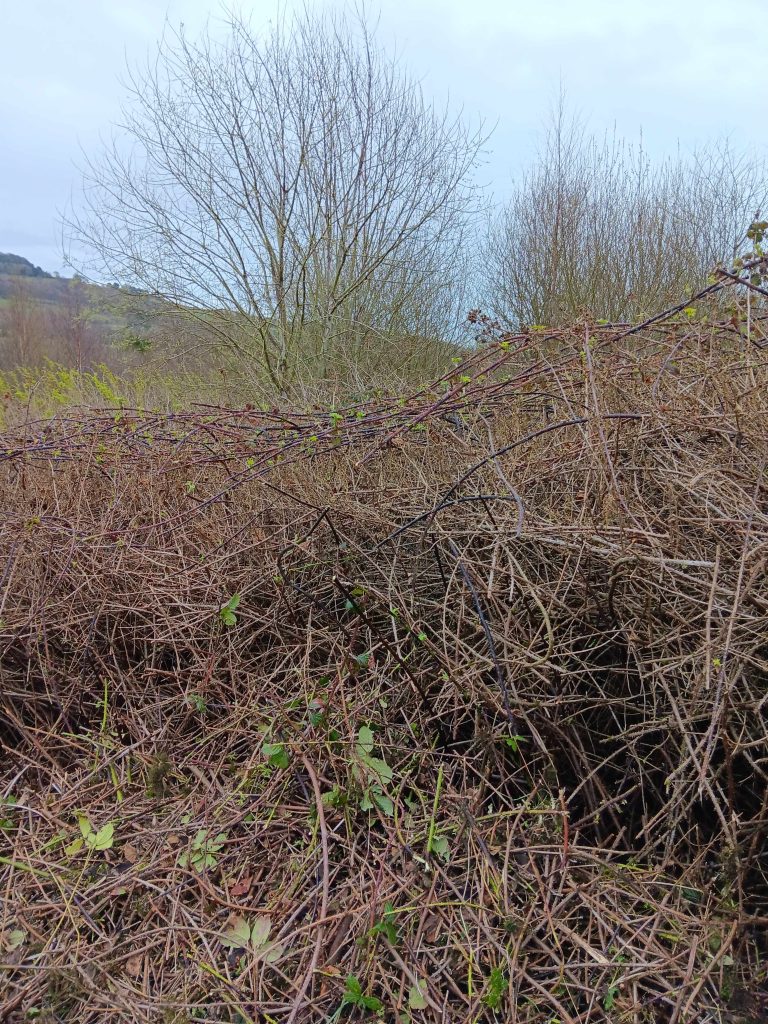
Tractor it is then!
We brought in a contractor with a huge flail mower. It still took two days to lick the brambles and smaller willow bushes into submission.
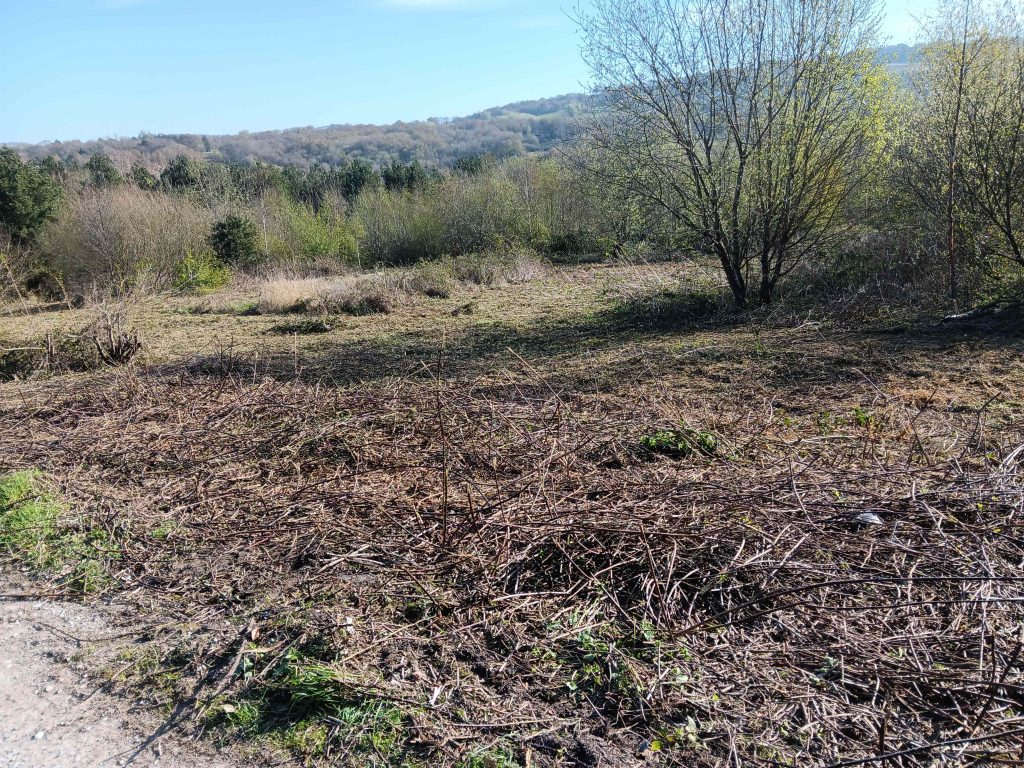
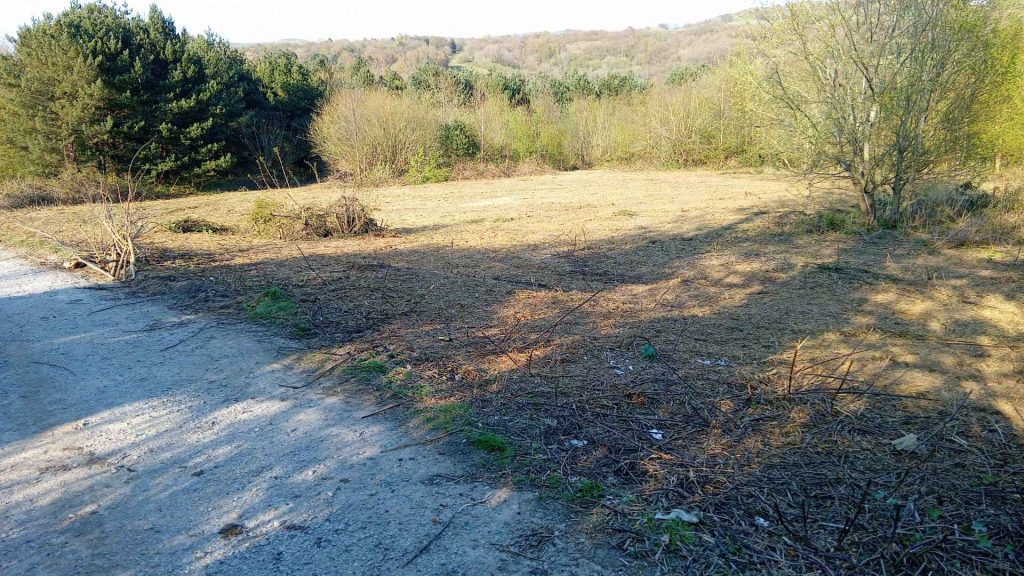
Discoveries
Once the brambles were gone, we could walk the perimeter of the field for the first time. We were pleasantly surprised to find the land is flatter than expected. What had looked like quite a steep slope when it was covered in undergrowth is actually almost flat at one end and only gently sloping at the other. It’s also bigger than we thought, now that we can finally see from one end to the other!
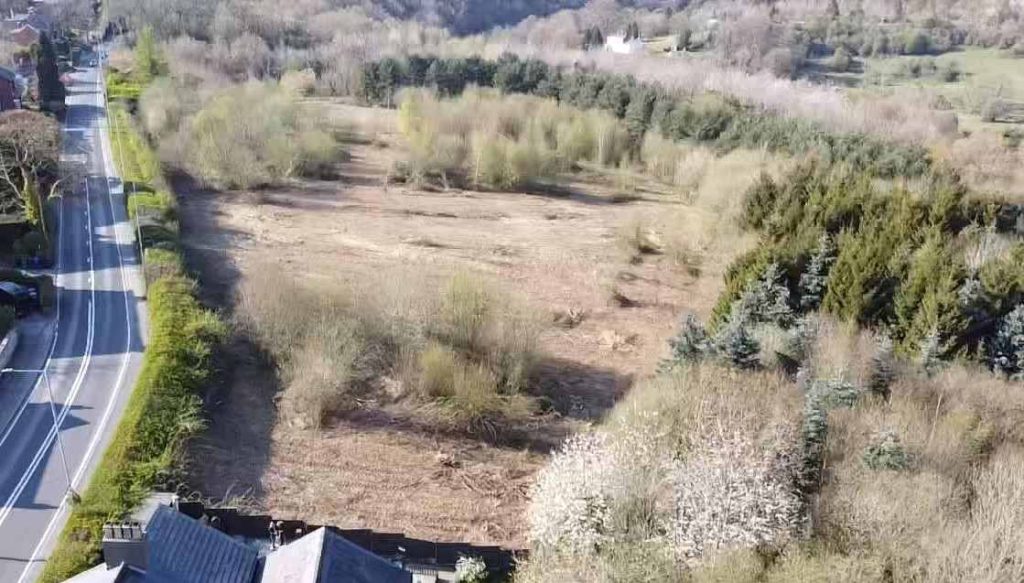
There are a lot more trees in the field than we could see from the access track, and they are larger than expected. This means we’re not going to return the whole field to grazing. We’ll do more clearance by hand of the thickest brambles around the trees, so the horses can graze and browse among the willows and use them for shelter. We’ll also need to remove a few small trees where the yard will go. But most of the remaining stands of willow will stay. We’ll stop any new saplings from growing and remove anything that dies, so over the years the grazing area will probably gradually expand.
The worst discovery was the litter. Inevitably, there were dozens of bottles and crisp packets dropped by people walking on the pavement alongside the field. But the nastiest litter was a huge bin bag of polystyrene beads. The bag had split so we spent ages scraping up millions of the tiny devils!
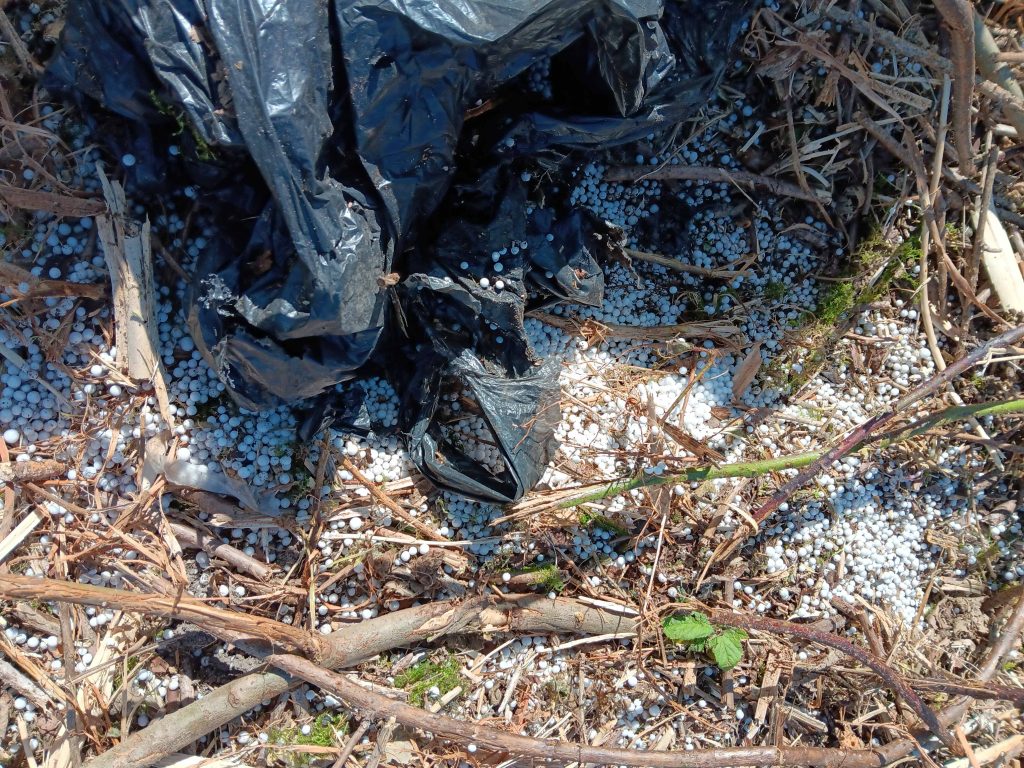
Our final discovery, however, was much nicer than old beanbag stuffing – we found another gate!
